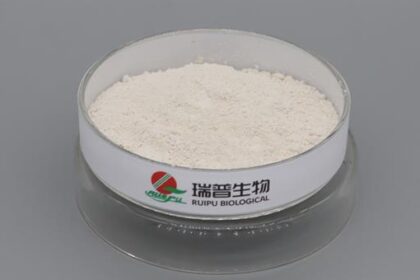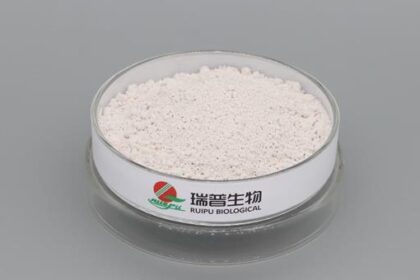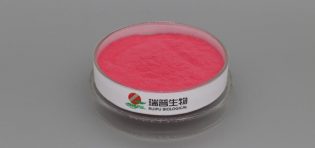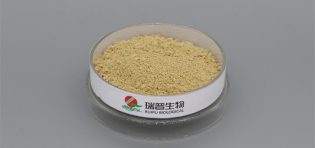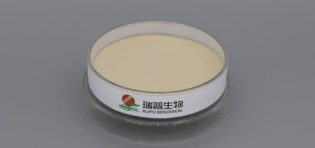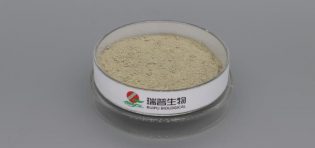
The basic properties of ferric pyrophosphate (Fe4(P2O7)3) include its chemical composition, solubility, appearance, and stability.Here are the key properties:
Chemical formula: Fe4(P2O7)3
Molar mass: Approximately 745.36 g/mol
Solubility: Ferric pyrophosphate is insoluble in water and most organic solvents.It has low solubility, which means it does not readily dissolve in aqueous solutions.
Appearance: Ferric pyrophosphate is a fine, reddish-brown powder.It is commonly available in the form of a powder or as granules.
Stability: Ferric pyrophosphate is stable under normal storage and processing conditions.It is not easily degraded by heat, light, or pH changes, making it suitable for use as a food additive and nutritional supplement.
Iron content: Ferric pyrophosphate is a source of iron.It contains approximately 12% elemental iron by weight.The iron in ferric pyrophosphate is in the ferric (Fe3+) form.
Bioavailability: The bioavailability of iron from ferric pyrophosphate is relatively low compared to other forms of iron, such as ferrous sulfate.This means that the iron is not easily absorbed by the body.However, it can still contribute to overall iron intake when consumed regularly.
Food fortification: Ferric pyrophosphate is commonly used as an iron fortificant in food products.It is added to increase the iron content in fortified foods, such as cereals, bread, pasta, and infant formulas.
Safety: Ferric pyrophosphate is generally recognized as safe (GRAS) when used as a food additive in accordance with regulations and recommended usage levels.It has been extensively studied for its safety and efficacy in iron fortification.
The specific properties and applications of ferric pyrophosphate may vary depending on the intended use, manufacturing processes, and formulation.



